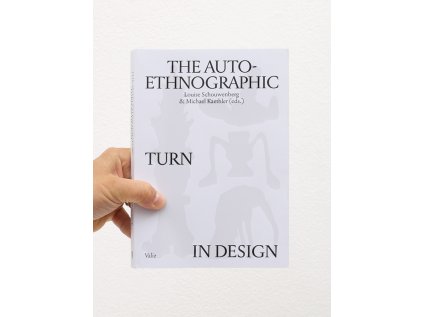Digital Design Theory bridges the gap between the discourse of print design and interactive experience by examining the impact of computation on the field of design. As graphic design moves from the creation of closed, static objects to the development of open, interactive frameworks, designers seek to understand their own rapidly shifting profession. Helen Armstrong's carefully curated introduction to groundbreaking primary texts, from the 1960s to the present, provides the background necessary for an understanding of digital design vocabulary and thought.
Accessible essays from designers and programmers are by influential figures such as Ladislav Sutnar, Bruno Munari, Wim Crouwel, Sol LeWitt, Muriel Cooper, Zuzana Licko, Rudy VanderLans, John Maeda, Paola Antonelli, Luna Maurer, and Keetra Dean Dixon. Their topics range from graphic design's fascination with programmatic design, to early strivings for an authentic digital aesthetic, to the move from object-based design and to experience-based design. Accompanying commentaries, and a foreword by Keetra Dean Dixon, assess the relevance of each excerpt to the working and intellectual life of designers.
Helen Armstrong is a practicing designer and author of Graphic Design Theory. She teaches at Miami University.
| Category: | Design |
|---|---|
| EAN: | 9781616893088 |
| Author: | Helen Armstrong |
| Publisher: | Princeton Architectural Press |
| Publication date: | 2016 |
| ISBN: | 9781616893088 |
| Language: | English |
| Pages: | 152 |
| Format: | 17.8 x 21.6 cm |
| Number of illustrations and publication supplements: | 33 |
| The item has been sold out… | |
Be the first who will post an article to this item!











